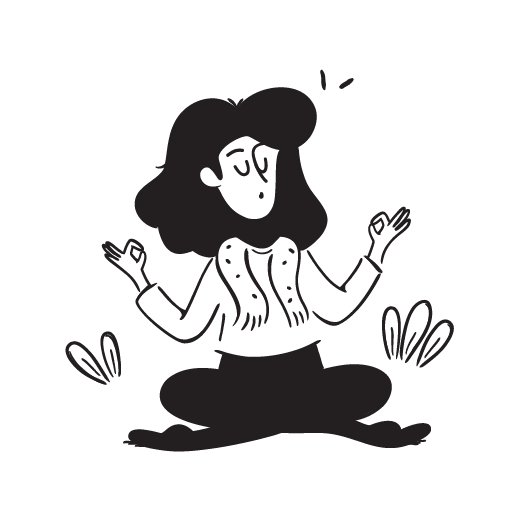Practice for your interview with a big list of sample questions - all for free. Start practicing now.

Videoath Verified.
We routinely check on our resources to ensure they're up to date and continue to be a good reference.
Trusted by 6751 others.
You're in good company. We update this counter to let you know who else completed the prompt.
Review Peer Responses
Preview de-identified and anonymized peers interview responses, providing a rich source of inspiration and insights to refine your own answers.
General Breakdown
Offers an in-depth analysis of interview prompts, providing critical insights such as difficulty level, competencies assessed, and strategic tips. Coming soon!
Expert Response
Watch and learn from experts. Coming soon.
Response Walkthrough
Step-by-step review of good, better, and excellent responses so you know exactly what parts of your responses get you a higher score. Coming soon.
Aggregate Response Score
Compare your response to 100s of peer responses. Coming soon.
Score Breakdown
See how prompts are broken down and reviewed across 1000s of applicants. Coming soon.
Your best friend is an identical twin. The other twin has been sick with a variety of illnesses most of their lives. Several times, the other twin has been so ill that your best friend has supplied tissue (e.g., blood, bone marrow) sometimes to help their sibling stay alive. The other twin now needs a kidney transplant to stay alive. Their parents have assumed that your best friend will automatically donate the kidney as usual when tissue has been needed. However, your friend is now balking at this automatic assumption of donation and is considering saying „no‟. What would you say to your friend to convince him to donate the kidney?
You are a general practitioner and a mother comes into your office with her child who is complaining of flu-like symptoms. Upon entering the room, you ask the boy to remove his shirt and you notice a pattern of bruises on the boy's torso. You ask the mother where the bruises came from, and she tells you that they are from a procedure she performed on him known as "cao gio," which is also known as "coining." The procedure involves rubbing warm oils or gels on a person's skin with a coin or other flat metal object. The mother explains that cao gio is used to raise out bad blood, and improve circulation and healing. When you touch the boy's back with your stethoscope, he winces in pain from the bruises. You debate whether or not you should call Child Protective Services and report the mother. When should a physician step in to stop a cultural practice? Should the physician be concerned about alienating the mother and other people of her ethnicity from modern medicine?
Learn from Great Responses









